Home>Furniture & Design>Interior Design Trends>How Much UV Does Glass Block
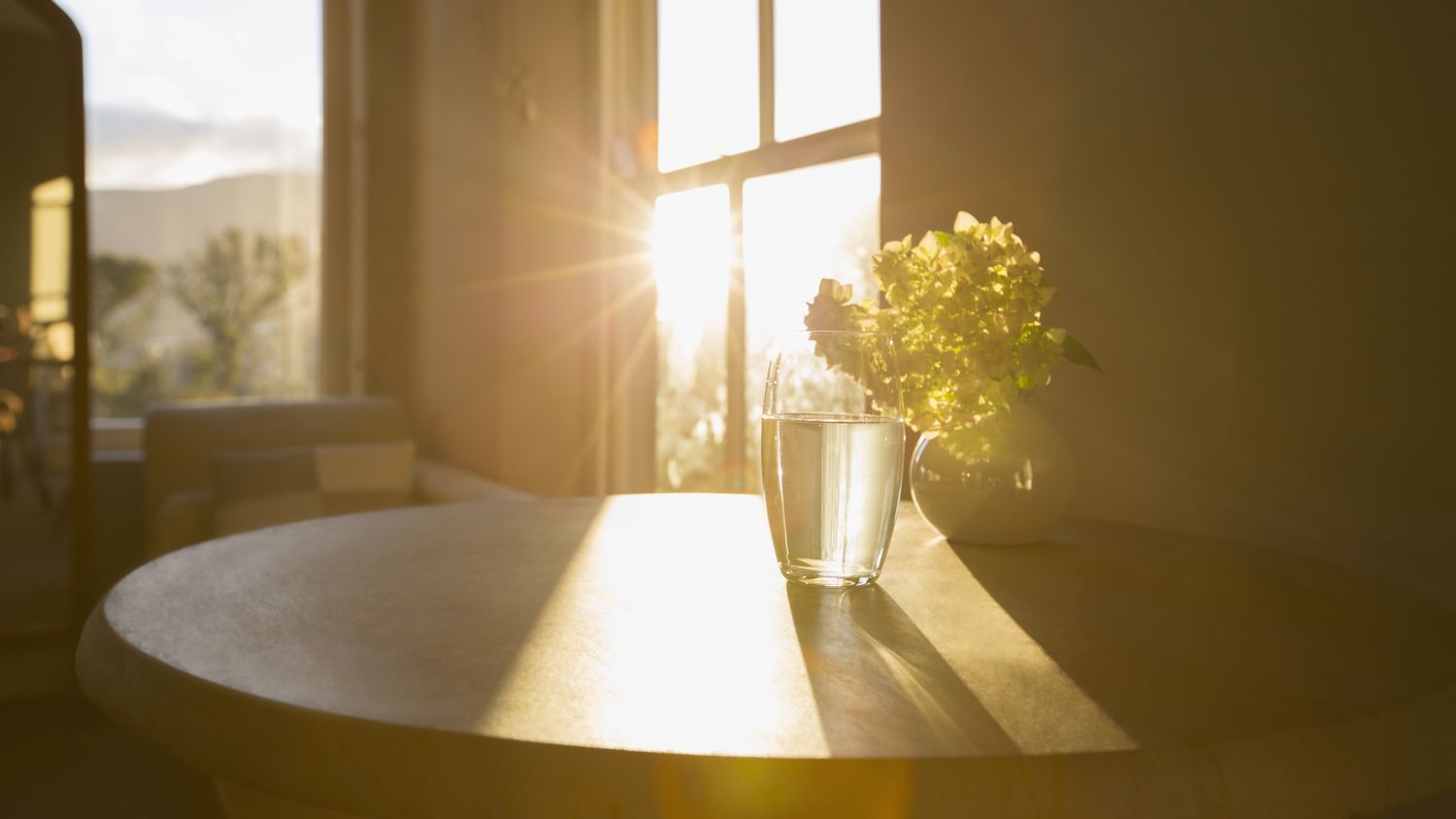

Interior Design Trends
How Much UV Does Glass Block
Modified: February 18, 2024
Discover how much UV light glass blocks and learn how it impacts interior design trends. Find out how to protect your space from harmful rays.
(Many of the links in this article redirect to a specific reviewed product. Your purchase of these products through affiliate links helps to generate commission for Storables.com, at no extra cost. Learn more)
Introduction
When it comes to interior design, natural light is a prized asset. It can illuminate spaces, create a sense of openness, and even affect our mood. However, along with the benefits of natural light, there are also potential downsides to consider. One such concern is the impact of ultraviolet (UV) radiation, which can cause fading of furniture, flooring, and artwork, as well as potential harm to our skin.
Understanding the role of glass in blocking UV radiation is crucial for interior design enthusiasts and homeowners alike. Glass, a fundamental element in architecture and interior design, plays a significant role in controlling the amount of UV light that enters a space. By comprehending how different types of glass can affect UV radiation, individuals can make informed decisions to protect their interiors while still enjoying the benefits of natural light.
In this article, we will delve into the fascinating world of UV radiation and its interaction with glass. We will explore the mechanisms through which glass blocks UV light, the factors that influence its UV-blocking capabilities, and the various types of glass that offer differing levels of protection against UV radiation. By the end of this exploration, you will have a deeper understanding of how glass can be leveraged to strike a balance between harnessing natural light and safeguarding interior spaces from the potentially damaging effects of UV radiation.
Key Takeaways:
- Glass blocks UV radiation by absorbing and reflecting it, protecting interior spaces and human health. Understanding glass composition, coatings, and thickness helps create light-filled, UV-protected environments.
- Different types of glass, such as low-iron, tinted, and laminated glass, offer varying levels of UV protection, allowing for tailored solutions to balance natural light and UV filtration in interior spaces.
Understanding UV radiation
Ultraviolet (UV) radiation is a form of electromagnetic radiation that is invisible to the human eye. It is categorized into three types based on wavelength: UVA, UVB, and UVC. UVA has the longest wavelength and is the least harmful, while UVB is of intermediate wavelength and can cause sunburn and skin damage. UVC, with the shortest wavelength, is mostly absorbed by the Earth's ozone layer and does not reach the surface.
UV radiation is a natural component of sunlight and is also emitted by artificial sources such as tanning beds and certain types of lighting. While UV light is essential for the production of vitamin D in the human body, overexposure can lead to adverse effects. One of the primary concerns associated with UV radiation is its ability to cause fading and deterioration of materials commonly found in interior spaces, including fabrics, wood, and artwork.
In addition to its impact on materials, UV radiation poses health risks to humans. Prolonged exposure to UV light can lead to skin aging, sunburn, and an increased risk of skin cancer. Therefore, minimizing UV exposure in indoor environments is crucial for both preserving interior elements and safeguarding human health.
Glass, as a common building material, plays a pivotal role in managing UV radiation within interior spaces. Understanding how different types of glass interact with UV light is essential for creating environments that strike a balance between harnessing natural light and protecting occupants and interior elements from the potential harm caused by UV radiation.
By gaining insight into the nature of UV radiation and its effects, individuals can make informed decisions when selecting glass for windows, doors, and skylights. This knowledge empowers homeowners and designers to create spaces that maximize the benefits of natural light while minimizing the detrimental impact of UV radiation on interior elements and human health.
How glass blocks UV radiation
Glass possesses inherent properties that enable it to block a significant portion of ultraviolet (UV) radiation from penetrating interior spaces. The primary mechanism through which glass achieves this UV-blocking capability is by selectively absorbing and reflecting UV light.
When UV radiation strikes a glass surface, the glass material itself absorbs a portion of the UV energy. This absorption process occurs due to the molecular structure of the glass, which allows it to capture and dissipate UV light energy. As a result, the absorbed UV energy is transformed into thermal energy, which is then dissipated through the glass, preventing it from entering the interior space.
In addition to absorption, glass also reflects a portion of the incident UV radiation. The reflective properties of glass play a crucial role in reducing the amount of UV light that ultimately passes through the glass and enters the interior environment. This reflective process occurs as UV light interacts with the surface of the glass, causing a portion of the light to be redirected away from the interior space.
Furthermore, the thickness of the glass influences its UV-blocking capabilities. Thicker glass inherently provides greater UV protection due to its increased capacity for UV absorption and reflection. This is particularly relevant when considering architectural applications where UV protection is a priority, such as in skylights and windows.
It is important to note that while glass effectively blocks a significant amount of UV radiation, it does not provide complete UV protection. Therefore, additional measures such as UV-filtering films or coatings can be applied to glass surfaces to further enhance UV protection, especially in environments where minimizing UV exposure is critical.
By understanding the mechanisms through which glass blocks UV radiation, homeowners and designers can make informed decisions when selecting glass for their interior spaces. This knowledge empowers individuals to create environments that strike a balance between harnessing natural light and safeguarding interior elements and human health from the potential harm caused by UV radiation.
When choosing glass for windows or sunglasses, look for ones that block 99-100% of UVA and UVB rays to protect your skin and eyes from sun damage.
Factors affecting UV blockage by glass
Several factors influence the effectiveness of glass in blocking ultraviolet (UV) radiation, thereby impacting its ability to protect interior spaces from the potential harm caused by UV light. Understanding these factors is crucial for homeowners and designers seeking to optimize UV protection while harnessing natural light within their environments.
-
Glass Composition: The composition of glass significantly influences its UV-blocking capabilities. Certain types of glass, such as low-iron or clear float glass, are inherently better at blocking UV radiation compared to standard soda-lime glass. This is due to the reduced presence of iron oxide, which can otherwise allow a higher percentage of UV light to pass through the glass.
-
UV Absorbing Additives: Some glass products are manufactured with UV-absorbing additives incorporated into the glass composition. These additives enhance the glass's ability to absorb and dissipate UV energy, thereby increasing its UV-blocking effectiveness. This feature is particularly beneficial for applications where minimizing UV exposure is a priority, such as in museum displays and archival facilities.
-
Coatings and Films: The application of specialized coatings or films to glass surfaces can significantly enhance its UV-blocking properties. UV-filtering coatings are designed to selectively absorb and reflect UV radiation, thereby reducing the amount of UV light that penetrates the glass and enters the interior space. These coatings are available in various levels of UV protection, allowing for customization based on specific UV exposure requirements.
-
Glass Thickness: The thickness of glass plays a crucial role in determining its UV-blocking capabilities. Thicker glass inherently provides greater UV protection due to its increased capacity for UV absorption and reflection. In architectural applications where UV protection is a priority, such as in skylights and windows, the selection of thicker glass can significantly enhance UV blockage.
-
Tinting and Laminates: Tinted glass and laminated glass products offer additional UV protection by reducing the transmission of UV light through the glass. Tinted glass contains additives that alter its color and UV-blocking properties, while laminated glass consists of multiple layers with an interlayer that can be designed to provide UV filtration.
By considering these factors, homeowners and designers can make informed decisions when selecting glass for their interior spaces. By leveraging the diverse range of glass options available, individuals can create environments that effectively balance the benefits of natural light with the imperative to safeguard interior elements and human health from the potential harm caused by UV radiation.
Types of glass and their UV blocking capabilities
The diverse range of glass types available in the market offers varying degrees of ultraviolet (UV) blocking capabilities, providing homeowners and designers with options to tailor UV protection based on specific requirements. Understanding the characteristics of different glass types is essential for making informed decisions when selecting glass for interior applications.
-
Low-Iron Glass: Low-iron glass, also known as ultra-clear glass, is a high-quality, transparent glass that exhibits exceptional UV-blocking capabilities. Its reduced iron oxide content allows it to effectively block a higher percentage of UV radiation compared to standard soda-lime glass. This makes low-iron glass an ideal choice for applications where minimizing UV exposure is a priority, such as in residential windows and architectural glazing.
-
Tinted Glass: Tinted glass, available in various shades and colors, is engineered to reduce the transmission of UV light through the glass. By incorporating additives that alter its color and UV-blocking properties, tinted glass provides enhanced UV protection while offering aesthetic versatility. This makes it a popular choice for architectural projects where UV control and visual appeal are both important considerations.
-
Laminated Glass: Laminated glass consists of multiple layers bonded together with an interlayer, offering not only enhanced safety and security but also effective UV filtration. The interlayer in laminated glass can be customized to provide specific UV-blocking capabilities, making it a valuable option for applications where UV protection and structural integrity are paramount, such as in skylights and glass roofs.
-
UV-Filtering Glass: Specialized UV-filtering glass products are designed with additives or coatings that selectively absorb and reflect UV radiation, thereby reducing the amount of UV light that penetrates the glass. These advanced glass solutions are particularly suited for environments where stringent UV protection is required, such as in museum displays, art galleries, and archival facilities.
-
Coated Glass: Glass products with UV-blocking coatings offer an effective solution for controlling UV exposure in interior spaces. These coatings are engineered to enhance the glass's UV-blocking properties without compromising its transparency, making them suitable for a wide range of applications, including residential windows, commercial facades, and interior partitions.
By leveraging the diverse range of glass types and their UV-blocking capabilities, homeowners and designers can create environments that effectively balance the benefits of natural light with the imperative to safeguard interior elements and human health from the potential harm caused by UV radiation. Whether it's enhancing UV protection in residential settings or implementing specialized UV control measures in commercial and institutional spaces, the selection of the right glass type plays a pivotal role in achieving an optimal balance between UV filtration and natural light utilization.
Conclusion
In conclusion, the interaction between glass and ultraviolet (UV) radiation is a critical consideration for homeowners and designers seeking to optimize natural light while protecting interior spaces from the potential harm caused by UV light. The inherent properties of glass, including its ability to selectively absorb and reflect UV energy, form the foundation of its UV-blocking capabilities. Understanding the mechanisms through which glass blocks UV radiation empowers individuals to make informed decisions when selecting glass for windows, doors, skylights, and other interior applications.
Factors such as glass composition, UV-absorbing additives, coatings, thickness, tinting, and laminates significantly influence the effectiveness of glass in blocking UV radiation. By considering these factors, individuals can tailor UV protection based on specific requirements, whether it involves enhancing UV filtration in residential windows, implementing specialized UV control measures in commercial spaces, or safeguarding valuable artifacts in museum displays and archival facilities.
The diverse range of glass types available, including low-iron glass, tinted glass, laminated glass, UV-filtering glass, and coated glass, offers varying degrees of UV-blocking capabilities, providing versatile options for achieving the desired balance between harnessing natural light and mitigating UV exposure. Whether it's creating light-filled, UV-protected living spaces or designing UV-controlled environments for specialized applications, the selection of the right glass type plays a pivotal role in achieving an optimal balance between UV filtration and natural light utilization.
By leveraging the knowledge of UV radiation and its interaction with glass, individuals can create interior environments that not only maximize the benefits of natural light but also prioritize the preservation of interior elements and human health. Whether it involves incorporating UV-absorbing additives into glass compositions, applying specialized coatings for enhanced UV protection, or selecting laminated glass for structural integrity and UV filtration, the strategic utilization of glass contributes to the creation of aesthetically pleasing, UV-protected spaces that promote well-being and longevity of interior elements.
In essence, the synergy between glass and UV radiation underscores the importance of informed decision-making when it comes to selecting glass for interior applications. By harnessing the UV-blocking capabilities of glass and leveraging the diverse range of glass types and UV control solutions, individuals can achieve a harmonious balance between natural light utilization and UV protection, thereby enhancing the quality, longevity, and sustainability of interior spaces.
Frequently Asked Questions about How Much UV Does Glass Block
Was this page helpful?
At Storables.com, we guarantee accurate and reliable information. Our content, validated by Expert Board Contributors, is crafted following stringent Editorial Policies. We're committed to providing you with well-researched, expert-backed insights for all your informational needs.
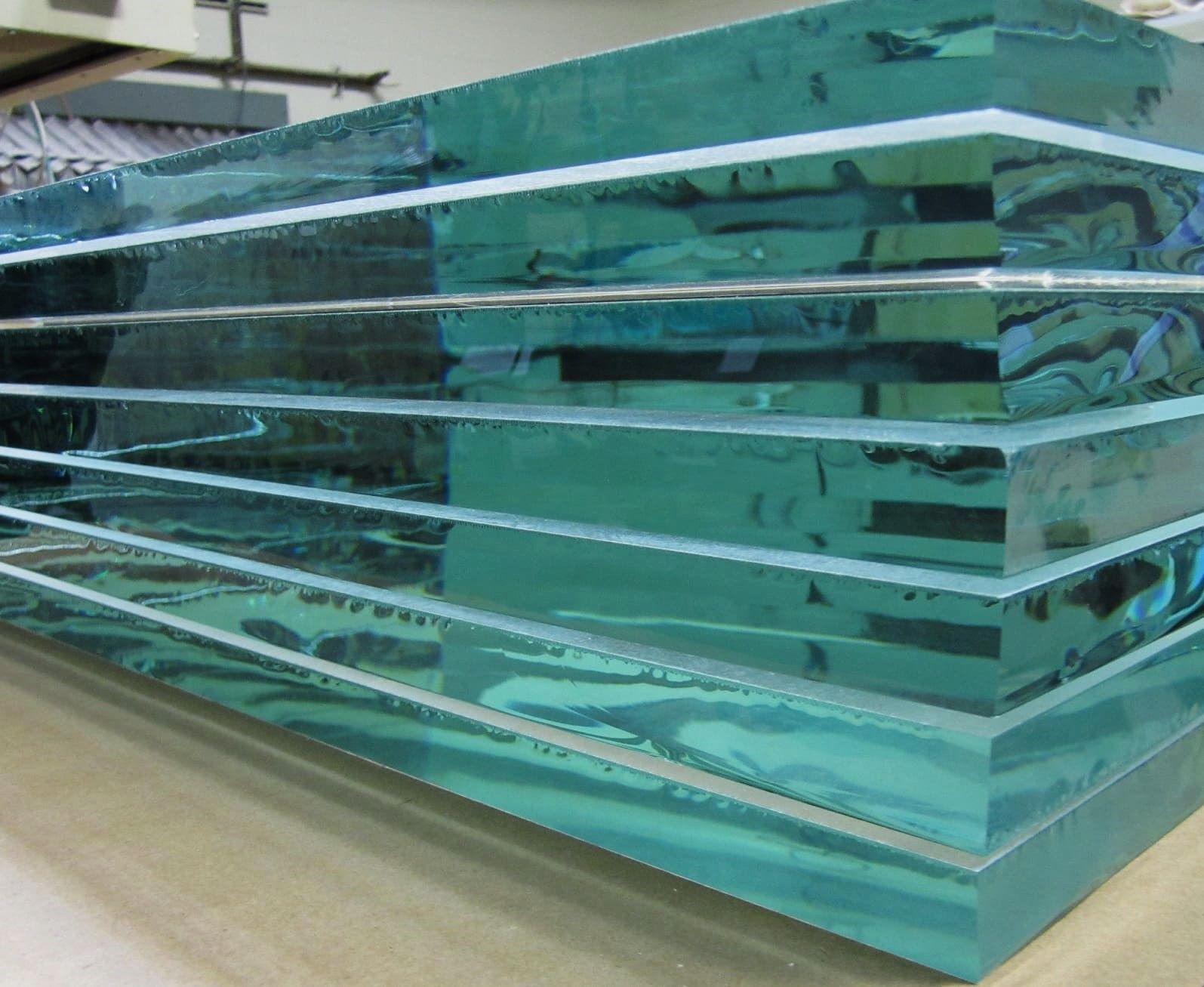
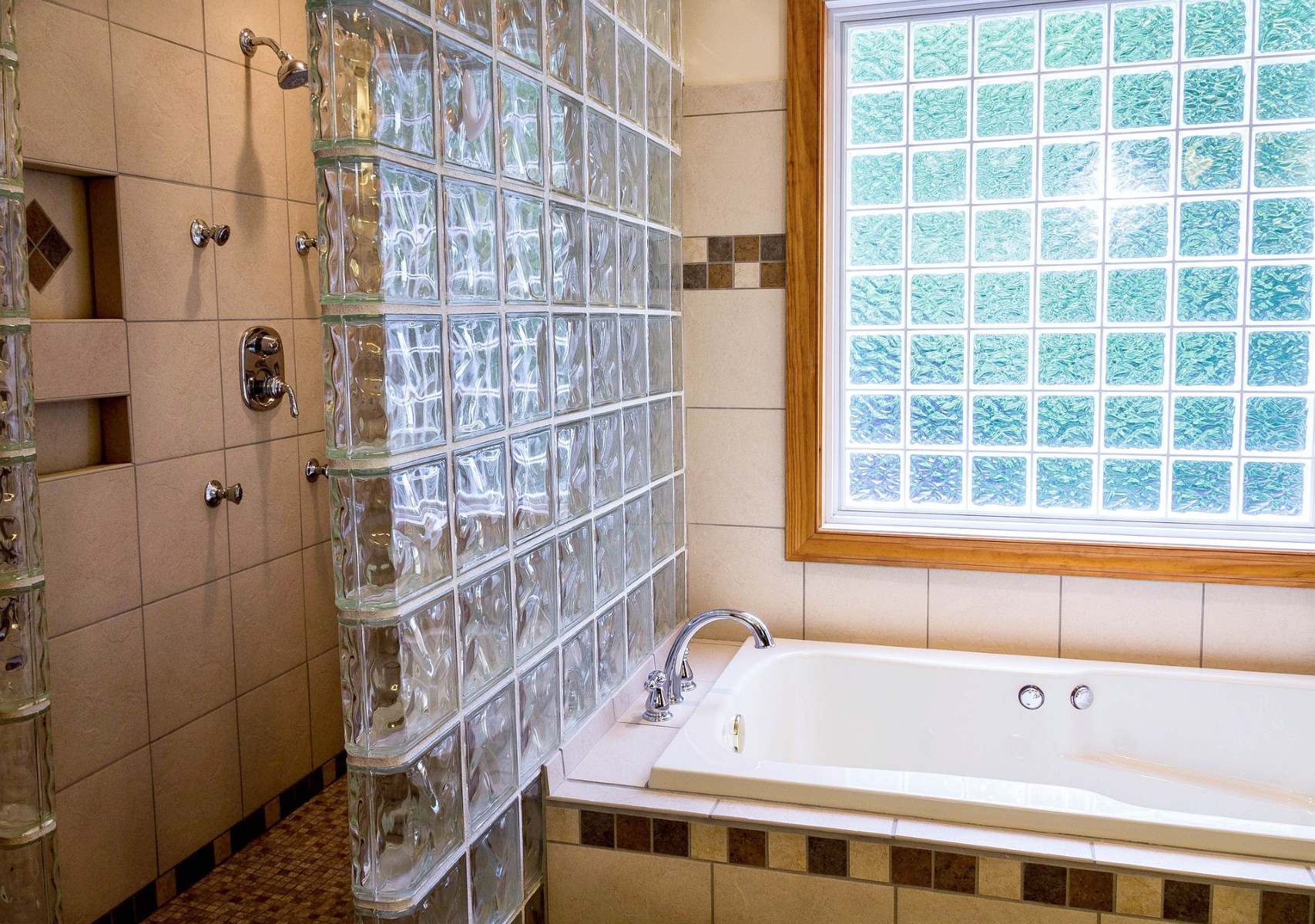
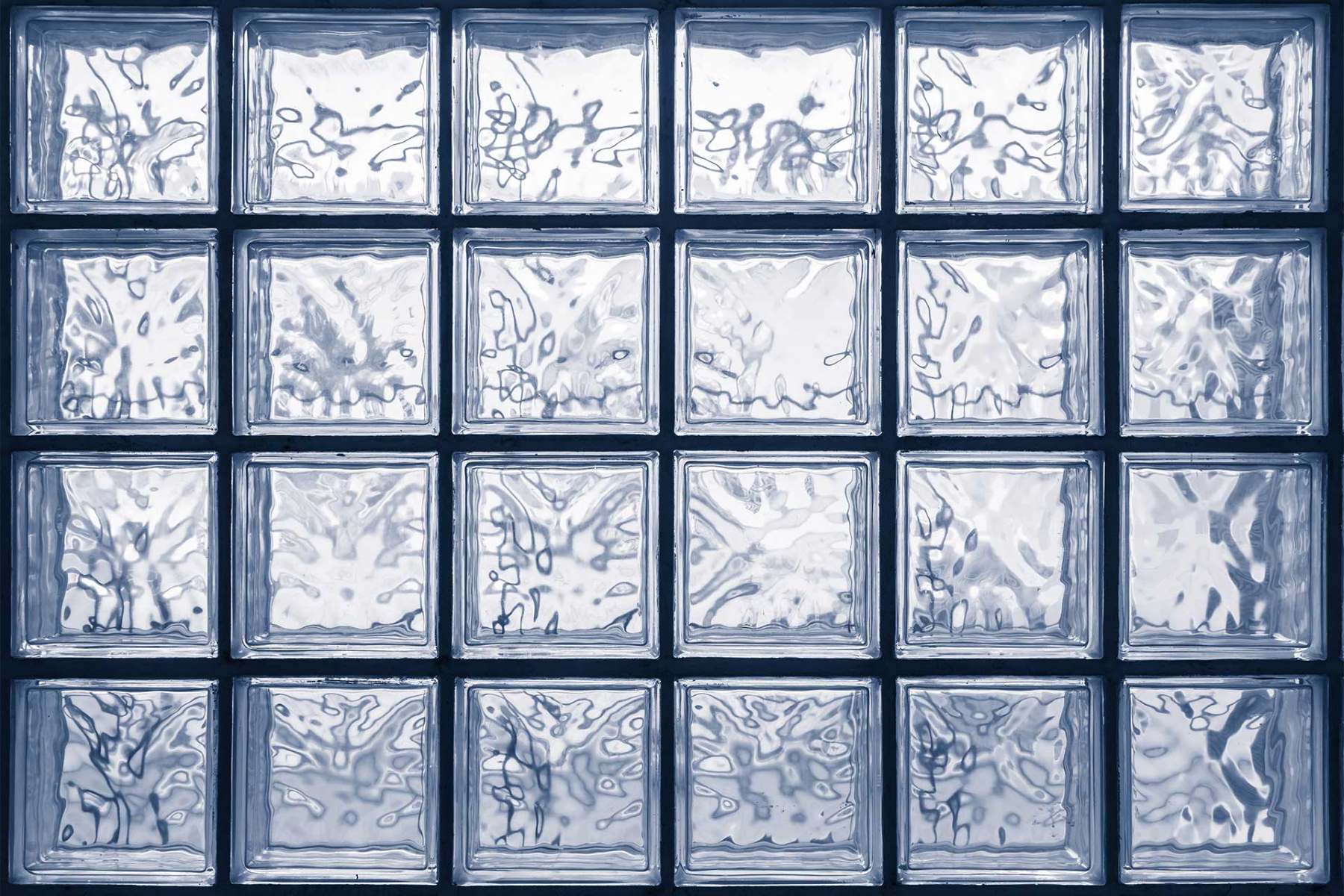
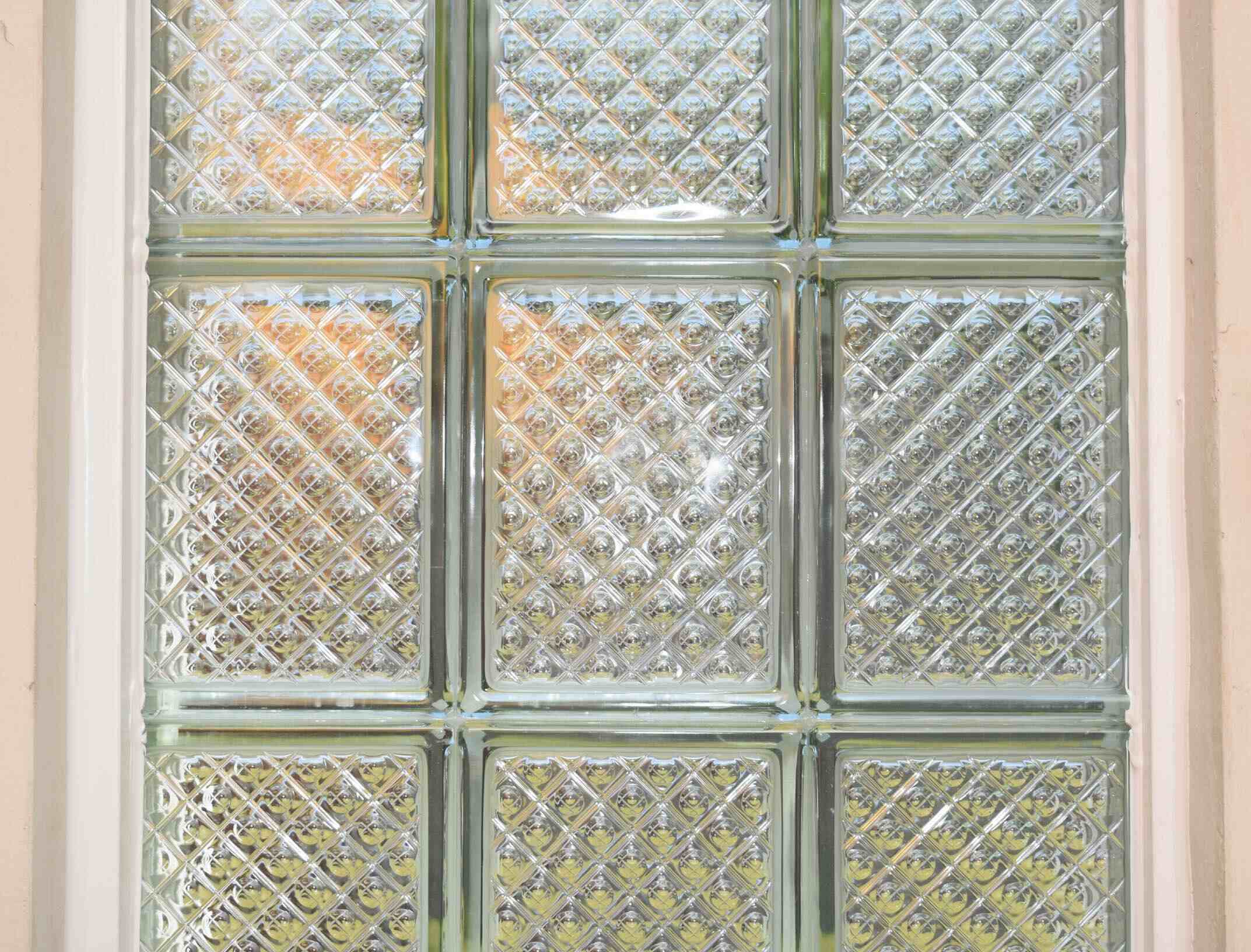
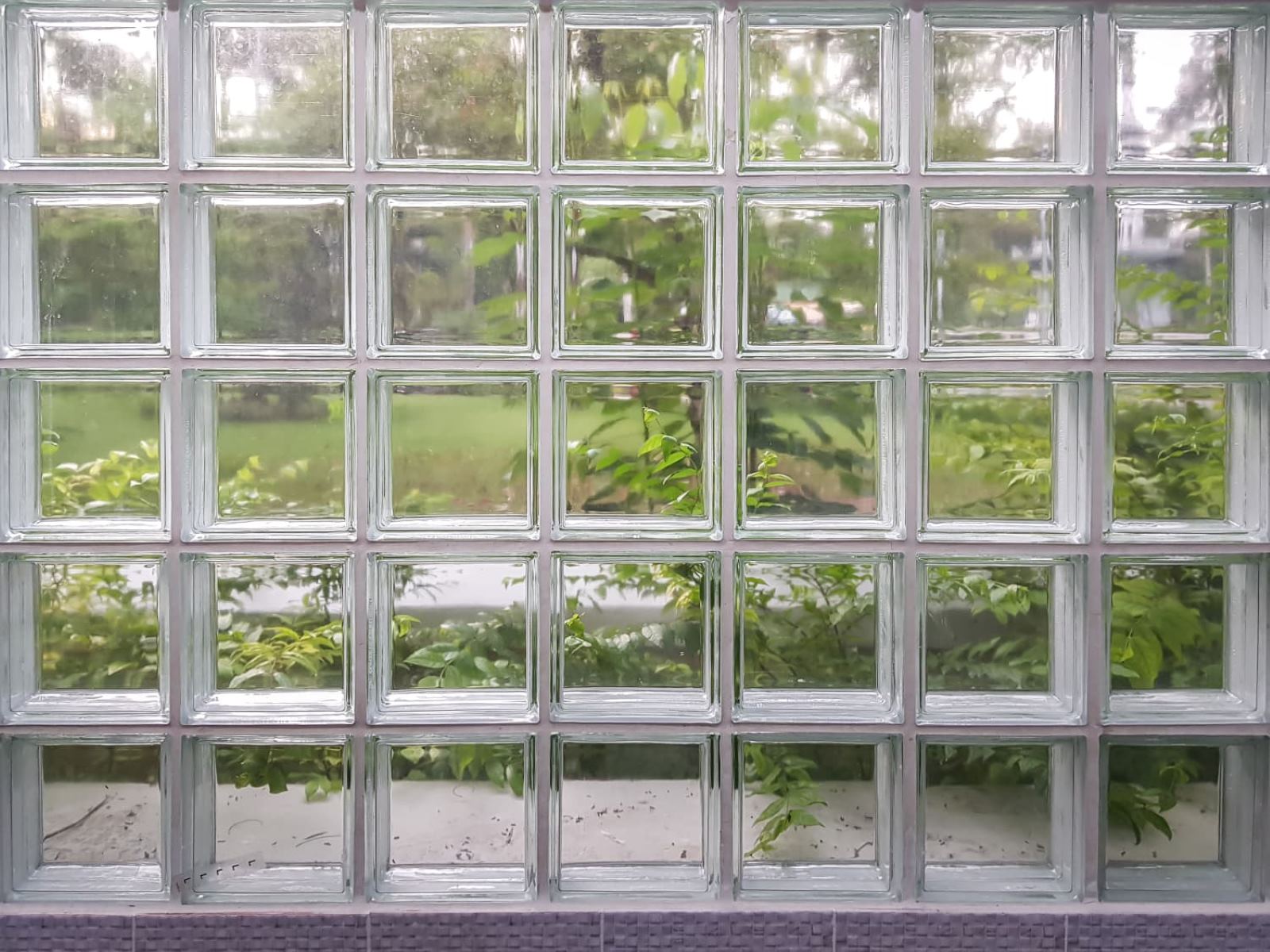
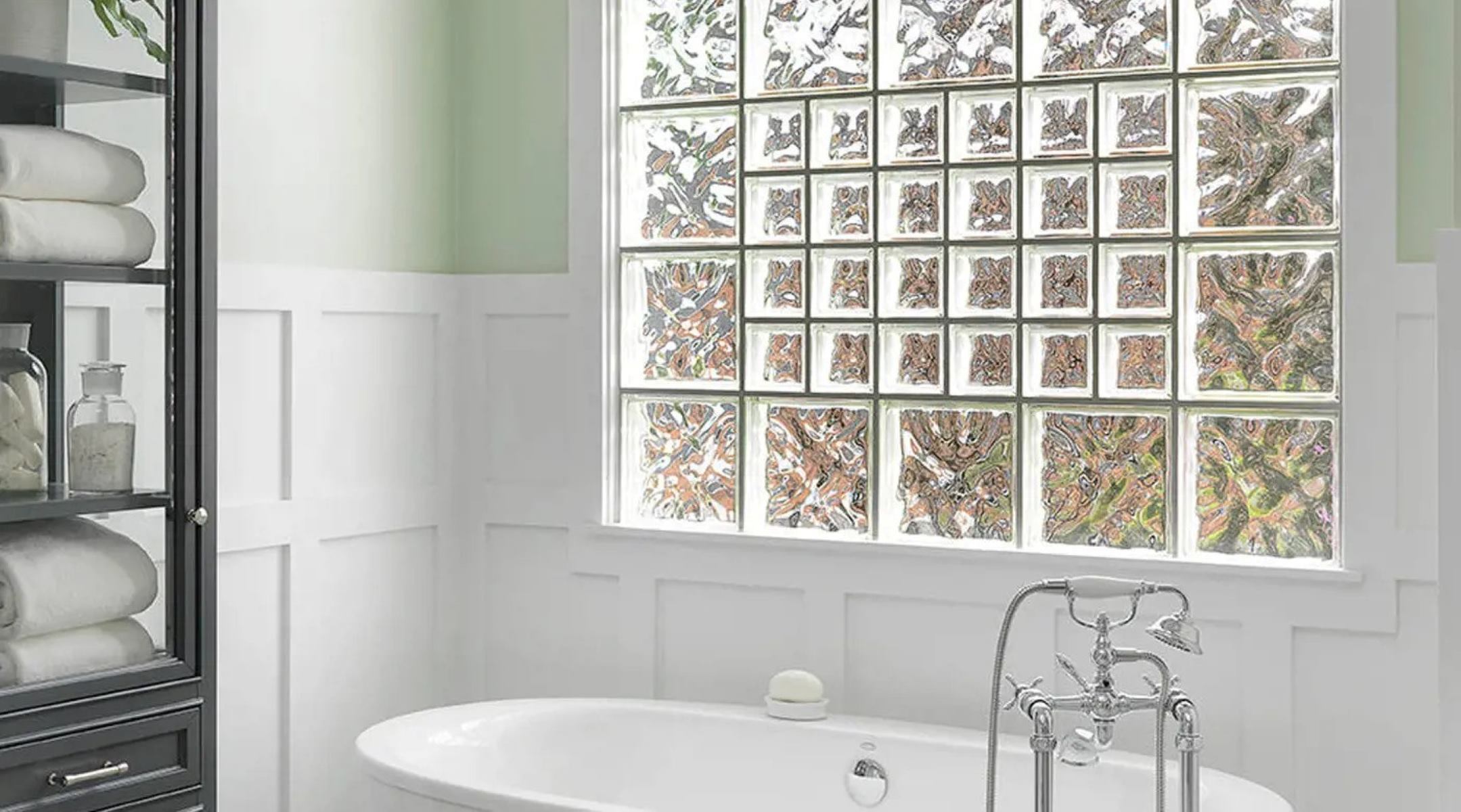
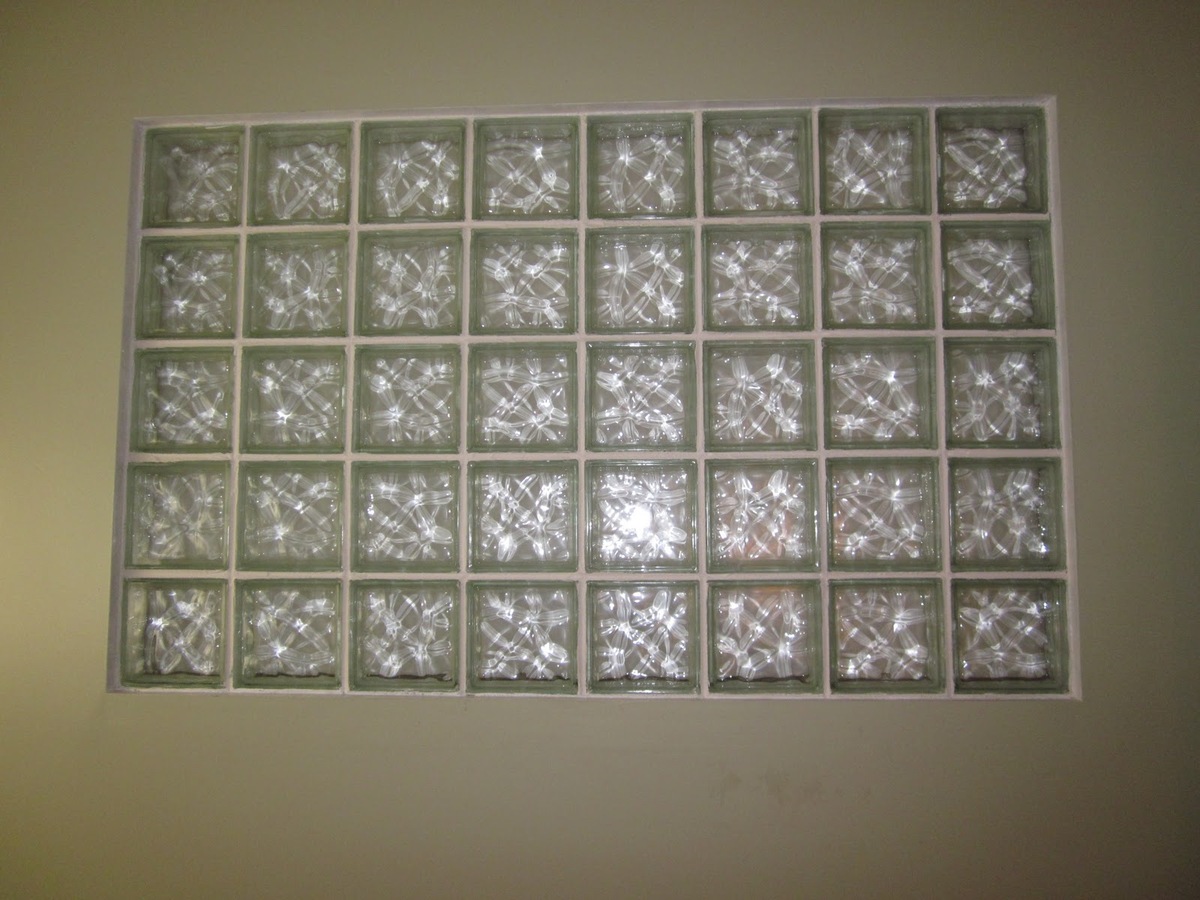
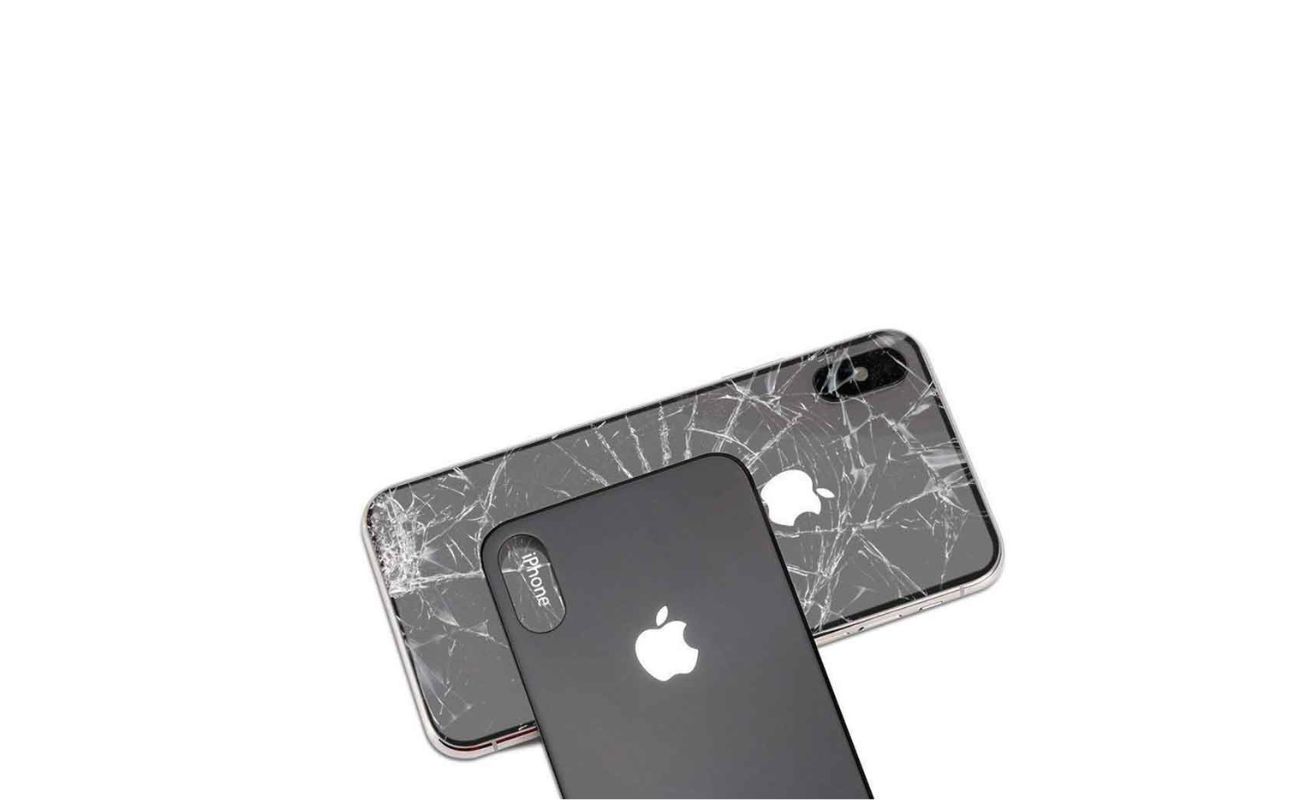


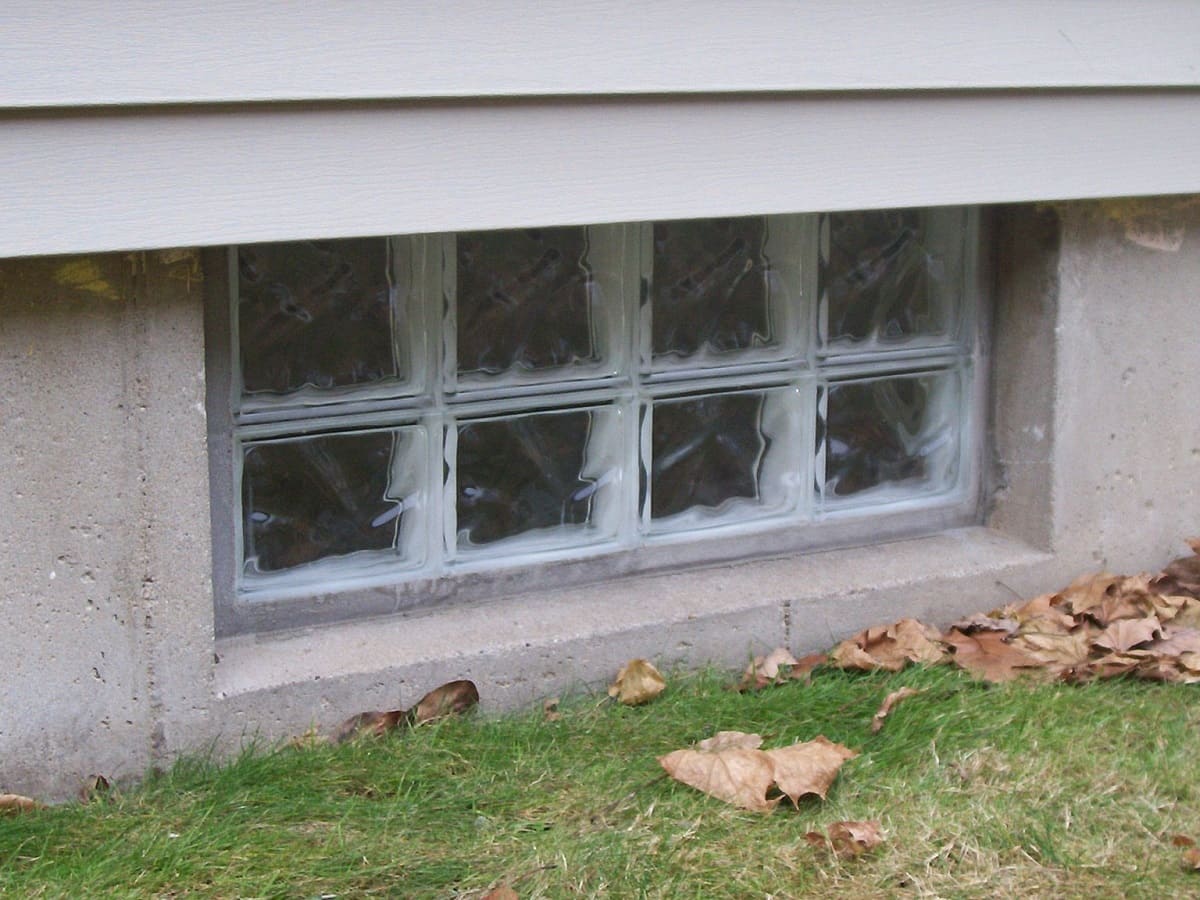
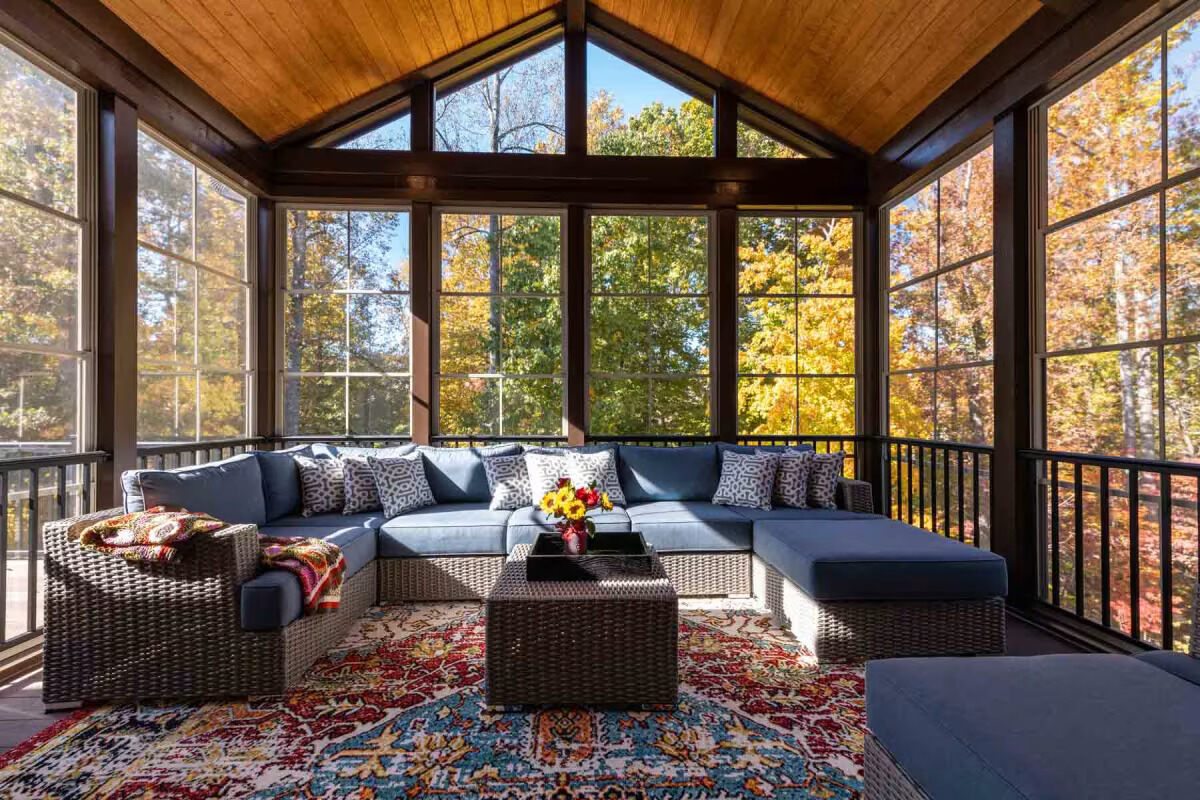
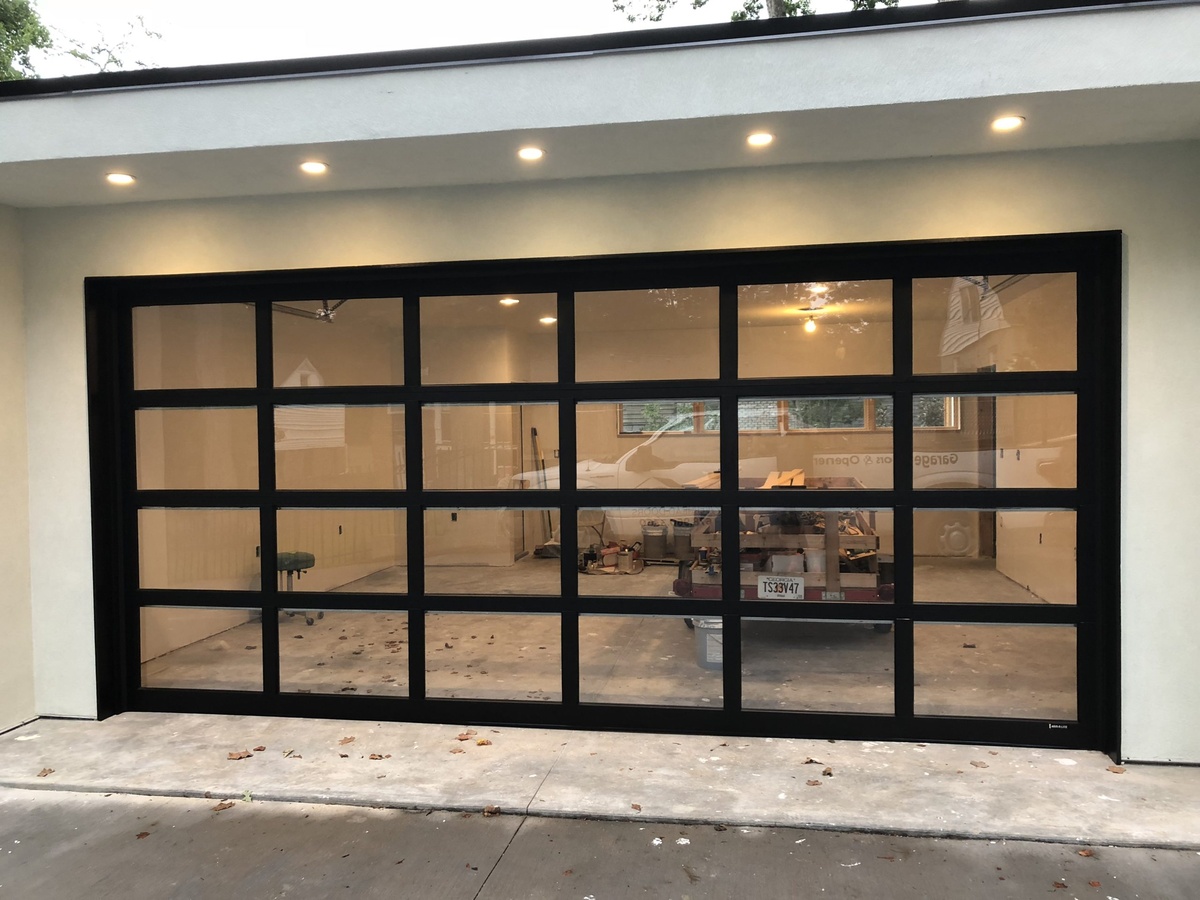
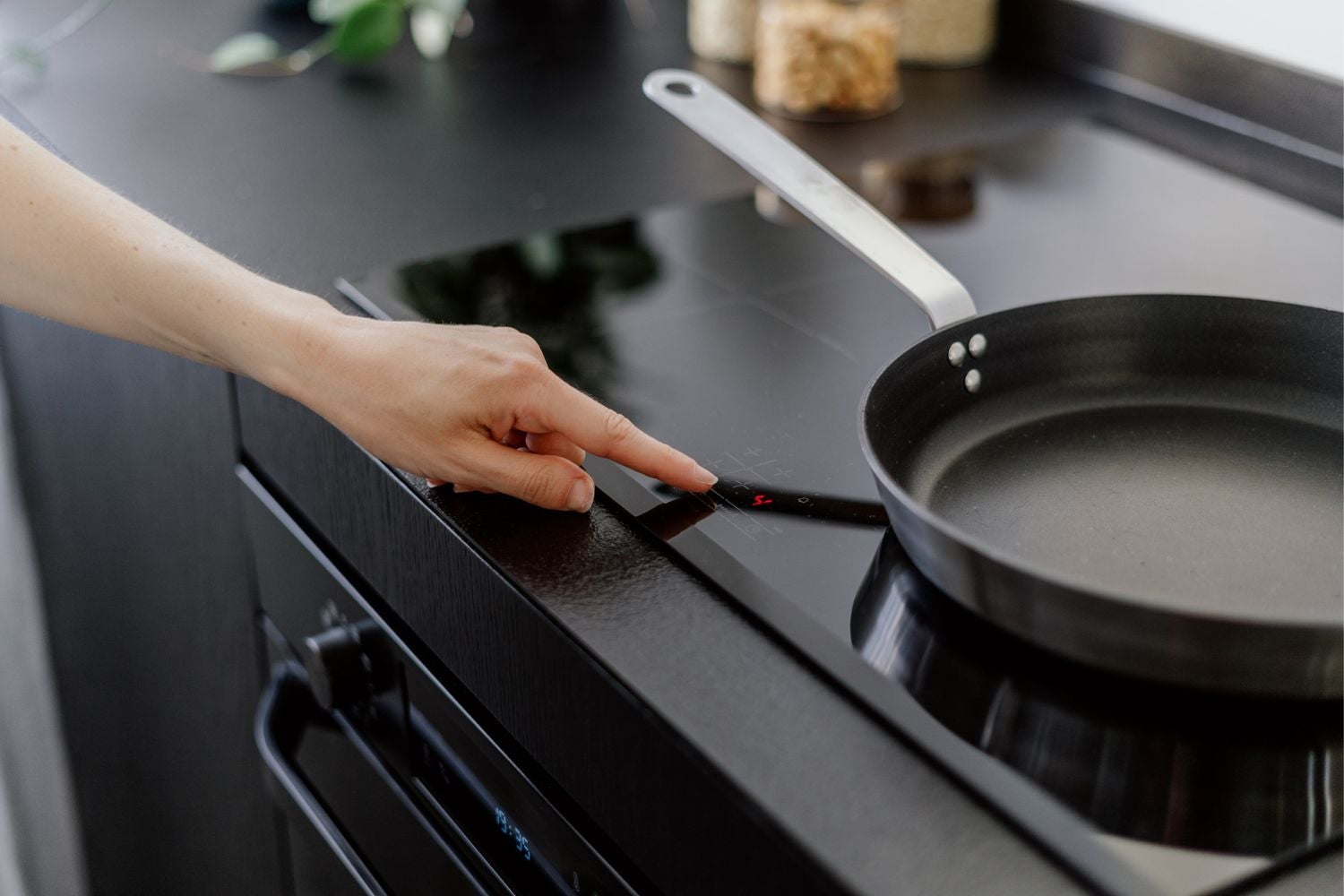

0 thoughts on “How Much UV Does Glass Block”